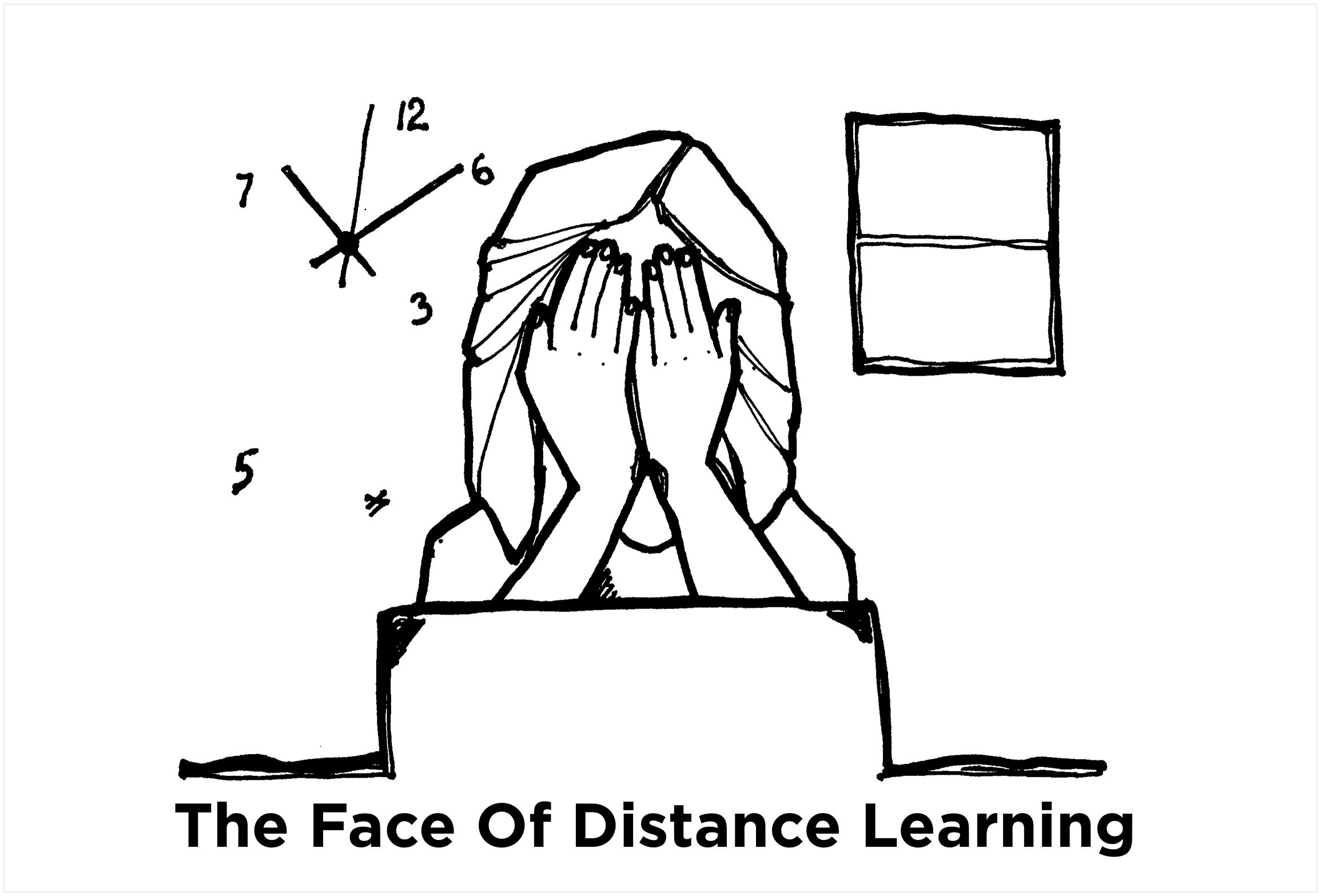Everyone is struggling with what school will look like this fall in the face of our current pandemic; likely, many students will be taking classes remotely. If it’s true, as the American Psychological Association states, that “interpersonal relationships and communication are critical to both the teaching-learning process and the social-emotional development of students,” what effect will distance learning have on this generation of students?
Almost one-fourth of the American rural population doesn’t have access to reliable broadband internet service, according to the Federal Communications Commission. Fortunately, there are other options. There are countries using broadcast media to disseminate lessons, says the World Bank. Some guidelines propose distributing chapters of textbooks in print or videos via memory cards or CDs. Television and radio along with printed materials could provide a robust distance learning experience without internet availability.
But even with every student able to access at-home learning, we need to address the psychological effects of educating without the benefit of in-person interaction. Social-emotional education must become more intentional, both because we have limited access to cues like body language and facial expression and because the pandemic is creating chronic stress. This means discussions that help students identify emotions in themselves and others and express those emotions appropriately. It means one-on-one counseling for families. These cannot replace in-person social interaction, but they can mitigate the isolating effects of remote education.
In designing a remote learning curriculum that takes all individuals into account, we can incorporate art, writing projects and a variety of communication tools for students who struggle with expressing themselves in words. Outdoor, socially-distanced meetings can serve students, like those with special needs, for whom in-person instruction is absolutely vital. Design may also take on the role of improving video conferencing to make it a more sensory, meaningful experience for teacher-student interaction.
Education without the benefit of in-person group dynamics presents a challenge, both in accessibility and psychology, but we can seize the opportunity to explore the various methods by which lessons can be shared. We can create more robust social-emotional learning and come out of the pandemic a more emotionally intelligent society with a more dynamic education system than we have ever seen before.



